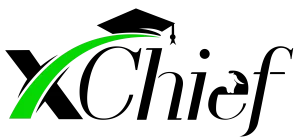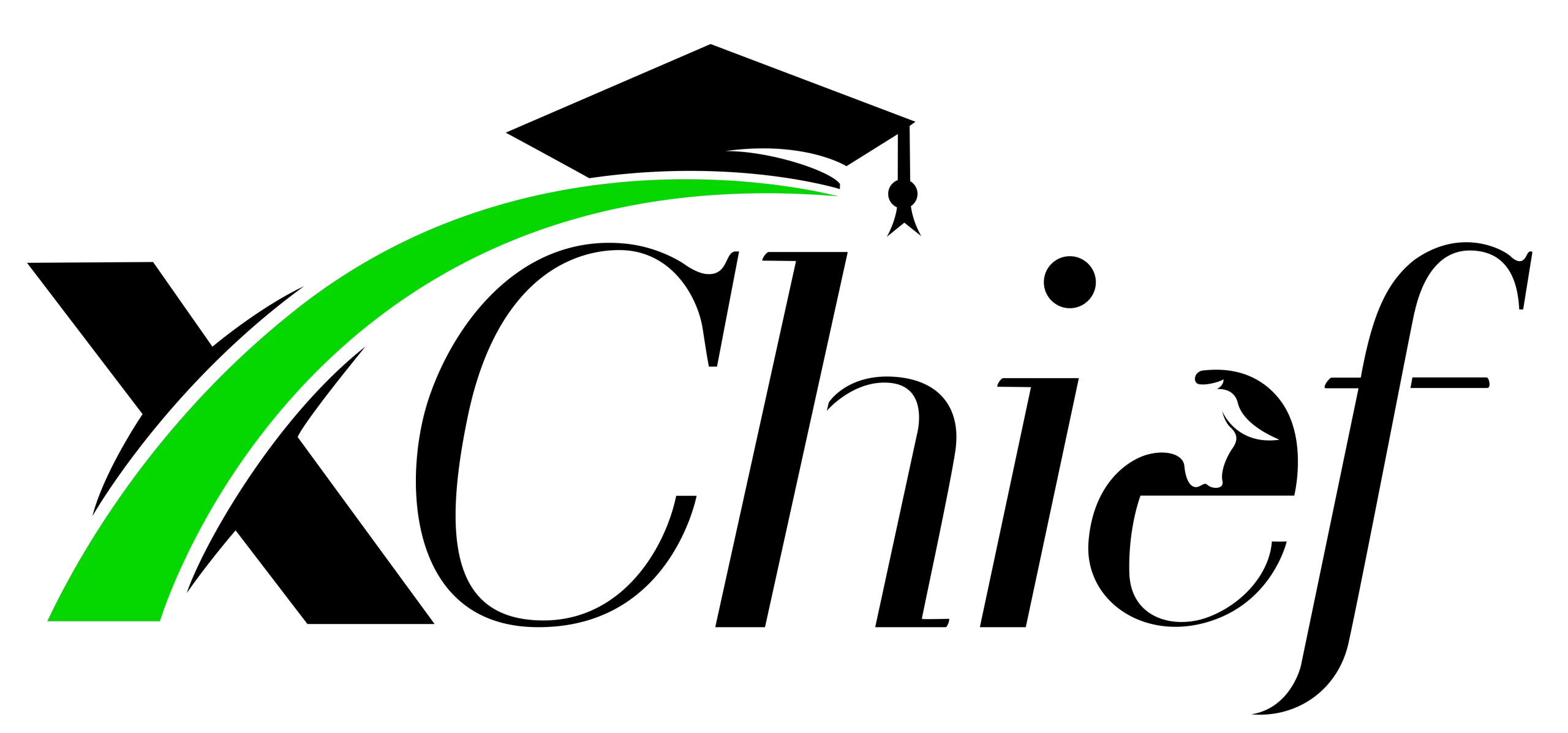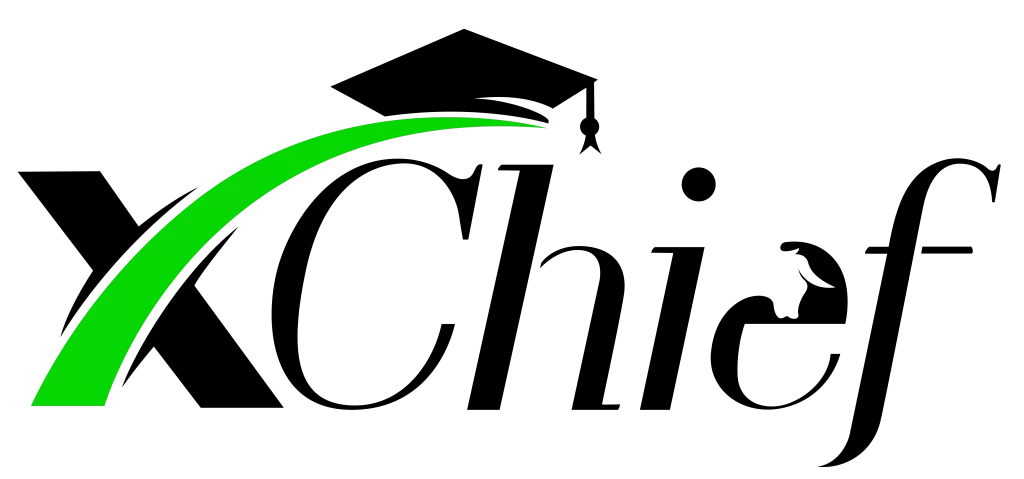Block order in forex
Introduction:
Order block is one of the basic technical terms in the forex market. But what is block order and why should it be considered?
What is block order in forex?
A block order represents a very large order or a significant set of orders placed in the market at a specific price level. A block order indicates that a large number of traders have bought or sold at that specified price. These large orders can act as support or resistance levels in the market.
For example, if a buy order of 500,000 euros is placed at the rate of 1.1500 for the EUR/USD currency pair, then 1.1500 becomes a block order. This buying interest causes this price to act as a floor and possibly prevent prices from falling. On the other hand, the existence of a block order on the selling side causes that price to act as a ceiling and prevent prices from rising.
Understanding how blocks form and behave helps traders spot opportunities and predict future price movements. Let’s explore the different types of blocks and how to trade them.
Types of block orders
There are two main types of block orders in the forex market, which are buy block orders and sell block orders.
Buy block order: Buy block order is formed after submitting one or several high volume orders at a certain price on the buy side. Buy block orders usually act as support levels in an uptrend.
For example, if the EUR/USD currency pair quickly rises from 1.1400 to 1.1500 in a few minutes, it is likely that this rapid rise was caused by a large buy order or entry by buyers at 1.1500. It turns into a shopping block.
Sell block orders: Sell block orders are formed after a sudden increase in sell orders, which causes the price to drop. A sell block order usually becomes a resistance level in a downtrend.
For example, if the EUR/USD pair quickly fell from 1.1700 to 1.1600, the drop was likely due to strong selling pressure at 1.1600. This high sell trend turns 1.1600 into a block order.
How do block orders affect transactions?
An accurate understanding of the order flow in the market helps traders predict where support and resistance levels will appear. The probability of profit is higher for the transaction in line with the order of the blocks, and on the other hand, the transaction against the direction of the blocks leads to a decrease in the probability of profit.
Buying together with purchase block orders often leads to a decrease in the probability of profitability; Because the interest in buying prevails in the market at that time. The opposite is true for sales blocks; Selling with these blocks has a higher probability of being profitable; Because strong selling pressure causes price failure.
However, experienced traders may follow blocks against the direction of movement. For example, some experienced and high-risk traders may try to push the price below a buy block; In the hope that this action will lead to more sales in the market and turn it into a new resistance.
Block order in forex shows the levels of interest of different traders to buy or sell in the market. Identifying blocks helps traders identify areas of support and resistance. Although trading in the direction of blocks is more likely, experienced traders may follow a reverse trend.
Frequently asked questions about block orders in forex
1. What is block order?
A block order is a cluster of large market orders that occurred within a very limited price range within a short period of time. Block order shows the lack of balance between supply and demand in the market.
2. Why block order is important in forex?
Block orders indicate strong support and resistance levels; Because they show that there has already been significant buying or selling pressure in that area and indicate possible areas for price reversal.
3. How to identify order blocks in forex?
Block orders are detected when there is a significant increase in trading volume in a very limited price range. This situation indicates the simultaneous execution of several large orders in the market.
4. How can order blocks be used for trading?
For this, we must first wait for the price to return to the order block. Then we have to register the order to enter the market and place the stop loss on the other side of the bar drawn on the chart. We monitor the price until the loss of balance between supply and demand causes the price to reverse.
5. How long do block orders stay on the charts?
Block orders can remain as important support/resistance levels that need attention, even for months or more than a year.
6. Can real-time order flow data be used to identify order blocks?
Yes. By real-time monitoring of incoming orders to the broker, whether it is a big buy offer or big sales at the same time, it is possible to identify the formation of a block order.
7. Is it equally important to pay attention to the block order in all currency pairs?
Important currency pairs with high liquidity, such as EUR/USD or USD/JPY, usually follow more block order technical patterns; But it is more likely that unconventional currency pairs will cross the existing order block, before the price returns to the order block range.


